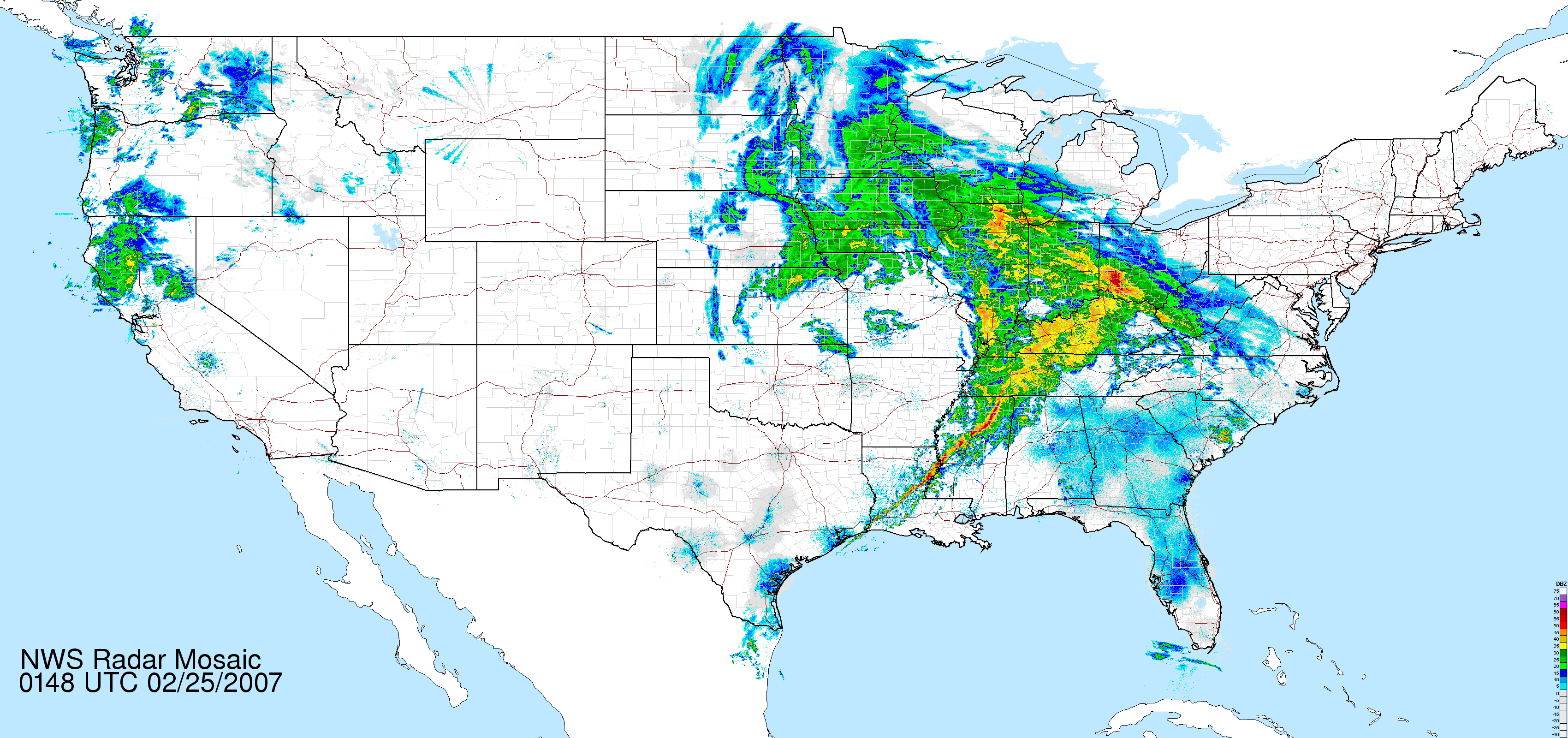|
Loose Snow Avalanche
A loose snow avalanche is an avalanche formed in snow with little internal cohesion among individual snow crystals. Usually very few fatalities occur from loose snow avalanches, as the avalanches have a tendency to break beneath the person and are usually small even having a path as small as a few centimeters, and as a result are sometimes called "harmless sloughs" that usually at most cause the person to merely fall. However based on the terrain loose snow avalanches can grow large, and have been known to carry people off a cliff and into a crevass or bury them in a gully, and even completely destroy houses and other similar buildings. Ideal conditions for a loose snow avalanche are steep slope angles of 40 degrees and more, persistent sub-zero temperatures and low humidity, moderate to heavy snowfall, and also in an area where winds are very light or are not affecting the density of the snow. This produces light, fluffy snow that is hard or unable to pack. Small loose snow ava ... [...More Info...] [...Related Items...] OR: [Wikipedia] [Google] [Baidu] |
Avalanche
An avalanche is a rapid flow of snow down a slope, such as a hill or mountain. Avalanches can be set off spontaneously, by such factors as increased precipitation or snowpack weakening, or by external means such as humans, animals, and earthquakes. Primarily composed of flowing snow and air, large avalanches have the capability to capture and move ice, rocks, and trees. Avalanches occur in two general forms, or combinations thereof: slab avalanches made of tightly packed snow, triggered by a collapse of an underlying weak snow layer, and loose snow avalanches made of looser snow. After being set off, avalanches usually accelerate rapidly and grow in mass and volume as they capture more snow. If an avalanche moves fast enough, some of the snow may mix with the air, forming a powder snow avalanche. Though they appear to share similarities, avalanches are distinct from slush flows, mudslides, rock slides, and serac collapses. They are also different from large scale movement ... [...More Info...] [...Related Items...] OR: [Wikipedia] [Google] [Baidu] |
Snow
Snow comprises individual ice crystals that grow while suspended in the atmosphere—usually within clouds—and then fall, accumulating on the ground where they undergo further changes. It consists of frozen crystalline water throughout its life cycle, starting when, under suitable conditions, the ice crystals form in the atmosphere, increase to millimeter size, precipitate and accumulate on surfaces, then metamorphose in place, and ultimately melt, slide or sublimate away. Snowstorms organize and develop by feeding on sources of atmospheric moisture and cold air. Snowflakes nucleate around particles in the atmosphere by attracting supercooled water droplets, which freeze in hexagonal-shaped crystals. Snowflakes take on a variety of shapes, basic among these are platelets, needles, columns and rime. As snow accumulates into a snowpack, it may blow into drifts. Over time, accumulated snow metamorphoses, by sintering, sublimation and freeze-thaw. Where the climate is co ... [...More Info...] [...Related Items...] OR: [Wikipedia] [Google] [Baidu] |
Cohesion (chemistry)
Cohesion (), also called cohesive attraction or cohesive force, is the action or property of like molecules sticking together, being mutually attractive. It is an intrinsic property of a substance that is caused by the shape and structure of its molecules, which makes the distribution of surrounding electrons irregular when molecules get close to one another, creating electrical attraction that can maintain a microscopic structure such as a water drop. Cohesion allows for surface tension, creating a "solid-like" state upon which light-weight or low-density materials can be placed. Water, for example, is strongly cohesive as each molecule may make four hydrogen bonds to other water molecules in a tetrahedral configuration. This results in a relatively strong Coulomb force between molecules. In simple terms, the polarity (a state in which a molecule is oppositely charged on its poles) of water molecules allows them to be attracted to each other. The polarity is due to the ... [...More Info...] [...Related Items...] OR: [Wikipedia] [Google] [Baidu] |
Snow Crystals
Snow comprises individual ice crystals that grow while suspended in the atmosphere—usually within clouds—and then fall, accumulating on the ground where they undergo further changes. It consists of frozen crystalline water throughout its life cycle, starting when, under suitable conditions, the ice crystals form in the atmosphere, increase to millimeter size, precipitate and accumulate on surfaces, then metamorphose in place, and ultimately melt, slide or sublimate away. Snowstorms organize and develop by feeding on sources of atmospheric moisture and cold air. Snowflakes nucleate around particles in the atmosphere by attracting supercooled water droplets, which freeze in hexagonal-shaped crystals. Snowflakes take on a variety of shapes, basic among these are platelets, needles, columns and rime. As snow accumulates into a snowpack, it may blow into drifts. Over time, accumulated snow metamorphoses, by sintering, sublimation and freeze-thaw. Where the climate ... [...More Info...] [...Related Items...] OR: [Wikipedia] [Google] [Baidu] |
Slab Avalanche
An avalanche is a rapid flow of snow down a slope, such as a hill or mountain. Avalanches can be set off spontaneously, by such factors as increased precipitation or snowpack weakening, or by external means such as humans, animals, and earthquakes. Primarily composed of flowing snow and air, large avalanches have the capability to capture and move ice, rocks, and trees. Avalanches occur in two general forms, or combinations thereof: slab avalanches made of tightly packed snow, triggered by a collapse of an underlying weak snow layer, and loose snow avalanches made of looser snow. After being set off, avalanches usually accelerate rapidly and grow in mass and volume as they capture more snow. If an avalanche moves fast enough, some of the snow may mix with the air, forming a powder snow avalanche. Though they appear to share similarities, avalanches are distinct from slush flows, mudslides, rock slides, and serac collapses. They are also different from large scale movement ... [...More Info...] [...Related Items...] OR: [Wikipedia] [Google] [Baidu] |




